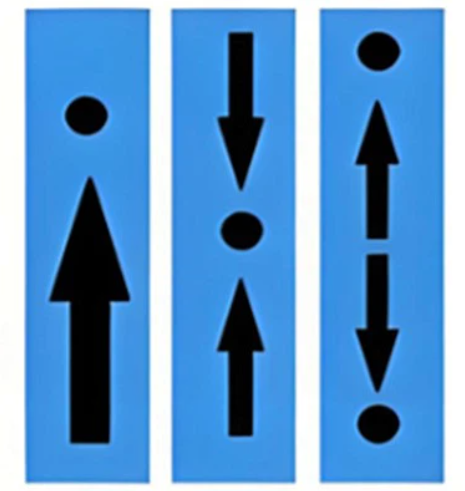Tips for Applying Kinesiology Tape on Your Shoulder
Introduction
Shoulder pain often affects our daily lives, and kinesiology tape for the shoulders can help address this issue. When applied correctly, it can alleviate shoulder pain, provide support, and enhance movement. As a trusted manufacturer of medical tape, L WELL will share with you today how to properly use shoulder kinesiology tape.
How Does Kinesiology Tape Relieve Shoulder Pain?
Before learning the application techniques, let’s first understand how it works:
(1) Supports Muscles and Joints – Unlike rigid braces, kinesiology tape is made of elastic fabric and eco-friendly adhesive. It provides dynamic support as your body moves without restricting motion.
(2)Promotes Blood Circulation – The tape gently lifts the skin, creating tiny gaps between the skin and underlying muscles/fascia. This helps reduce swelling and speeds up recovery.
(3)Enhances Movement Experience – It provides sensory feedback during movement, helping you maintain better shoulder posture.
Step-by-Step Guide to Applying Kinesiology Tape on Shoulder
Now, let’s explore the specific steps to apply kinesiology tape for shoulder support:
1. Prepare the Skin
Before applying the tape, ensure your skin is:
Clean and dry – Free of oils, sweat, or lotions.
Hair-free – Shave excess hair to ensure the tape adheres firmly.
Free of wounds – Avoid applying tape over cuts or rashes to prevent irritation.
2. Measure and Cut the Tape
Length: Slightly extend your arm forward and measure from the front deltoid to below the shoulder blade.
Shape: Round the edges of the tape to prevent peeling.
For extra support, use:
One Y-shaped strip (for deltoid support)
Two I-shaped strips (for rotator cuff or scapular stability).
3. Anchor the Base (Fixed End)
Apply the first 5–7 cm (fixed end) to the front of the shoulder near the deltoid origin. Do not stretch this part to prevent premature peeling. Smooth it down for adhesion.
4. Apply Tension (Over the Pain Area)
Slowly extend your arm and stretch the middle section of the tape by 30–50%, covering the painful muscles (e.g., deltoid or rotator cuff).
Keep the ends unstretched to distribute tension evenly and avoid excessive pressure on the skin.
5. Finish Application and Activate the Adhesive
Apply the remaining tape with 0% stretch downward along the arm or around the shoulder.
Rub the tape firmly for 10–15 seconds to activate the adhesive with body heat.
Wait 30 minutes before exercising to ensure a secure bond.
Common Mistakes
Overstretching → May restrict blood flow and cause discomfort.
Unrounded edges → Lead to faster peeling.
Applying on damp skin → Reduces adhesion.
When Should You Replace the Tape?
When edges start peeling (usually after 3–5 days).
After swimming or heavy sweating.
If the skin feels itchy or irritated.
Conclusion
By following these steps, you can use kinesiology tape to improve shoulder pain. At L WELL, we specialize in producing medical-grade tapes and bandage solutions to enhance recovery and performance. If you’re interested, feel free to contact us for a free sample. For any questions about kinesiology tape application, leave a comment below!








评论
发表评论